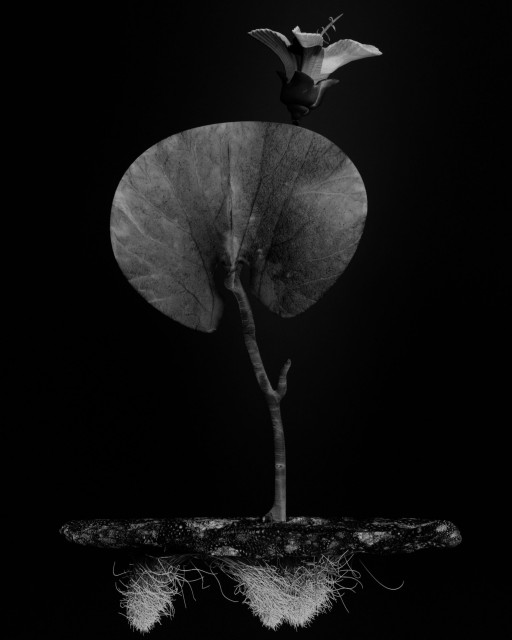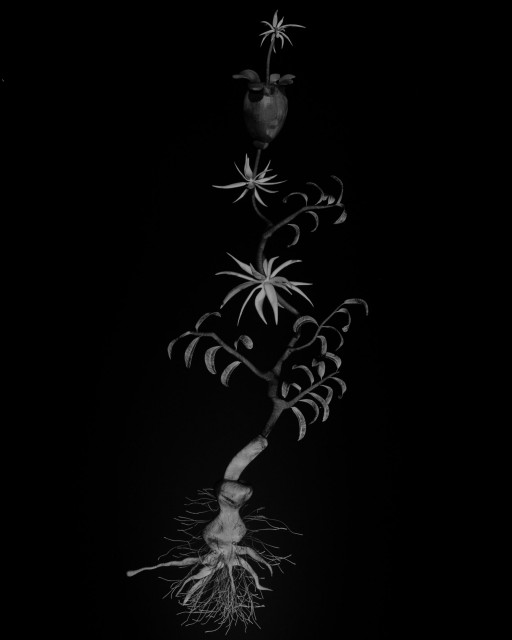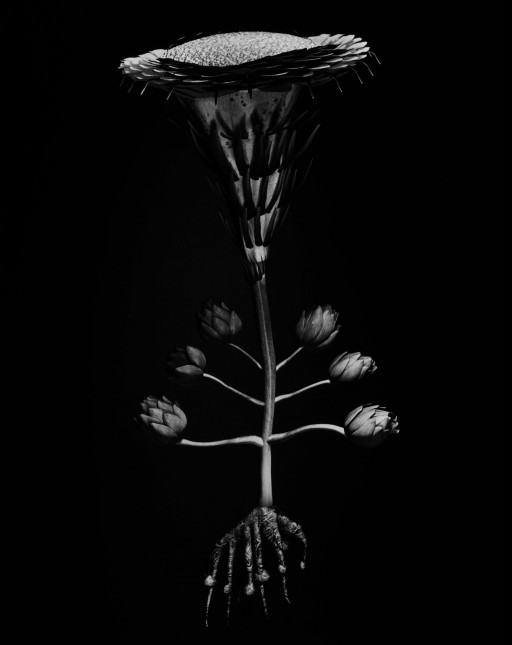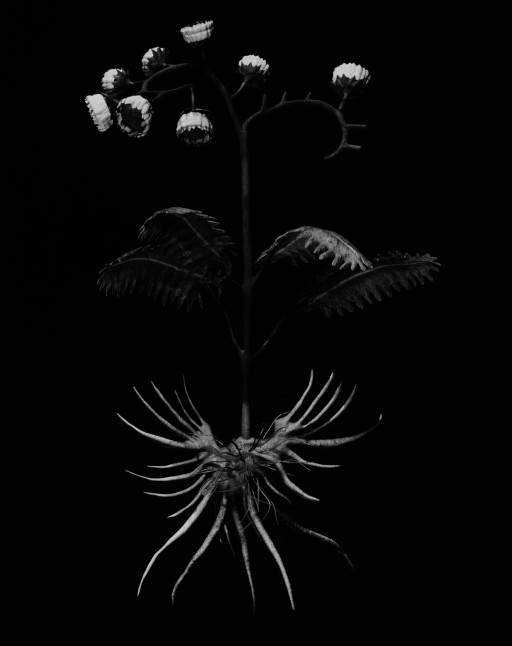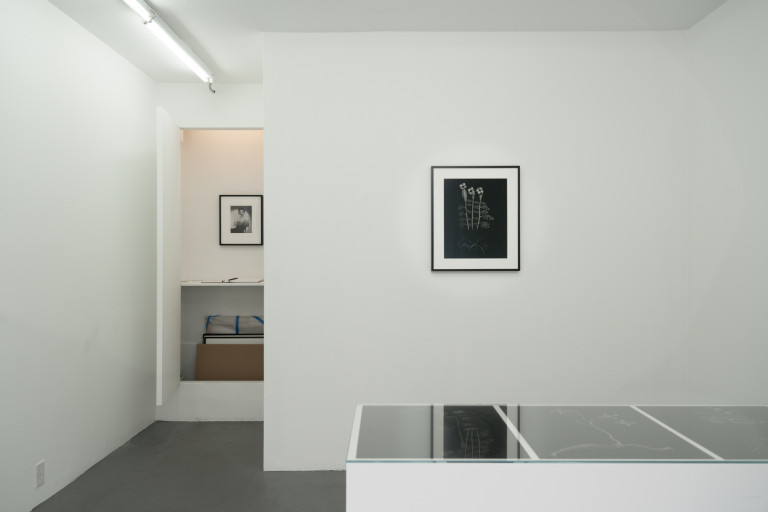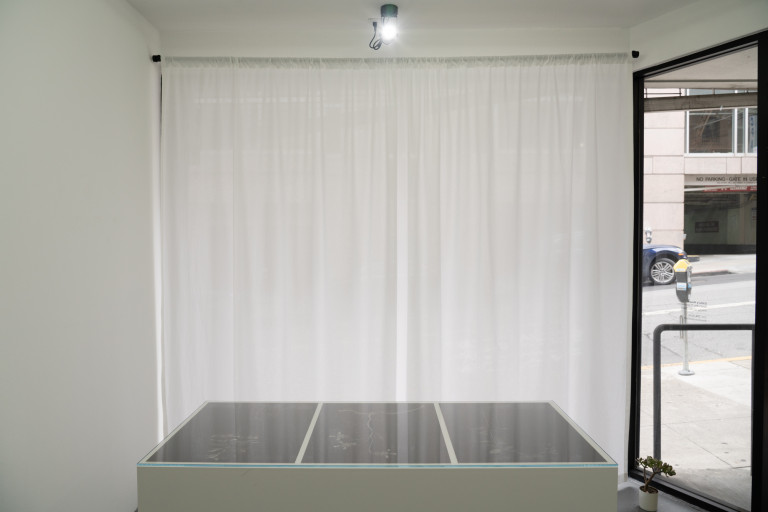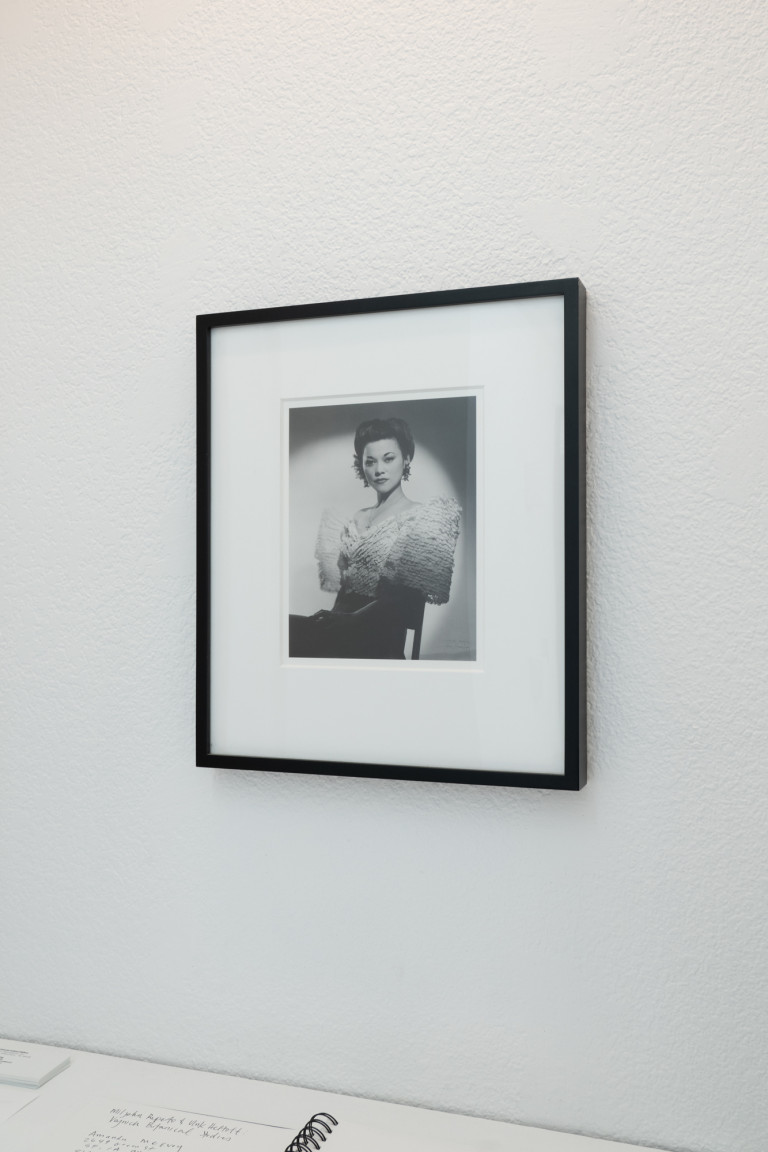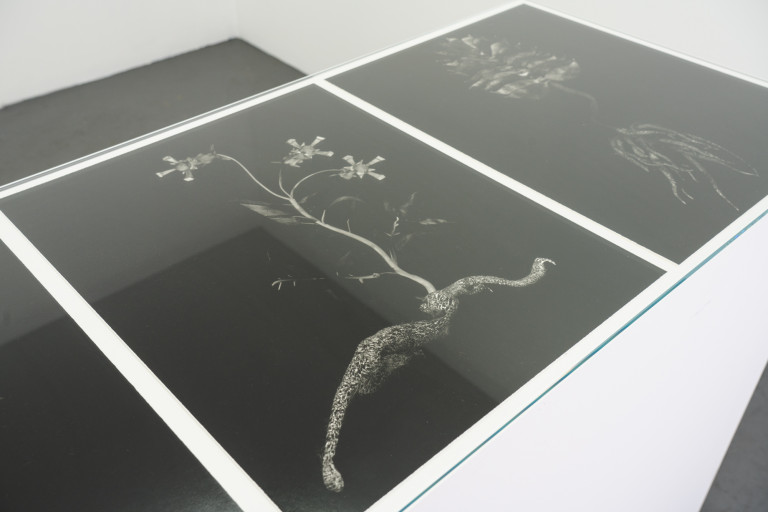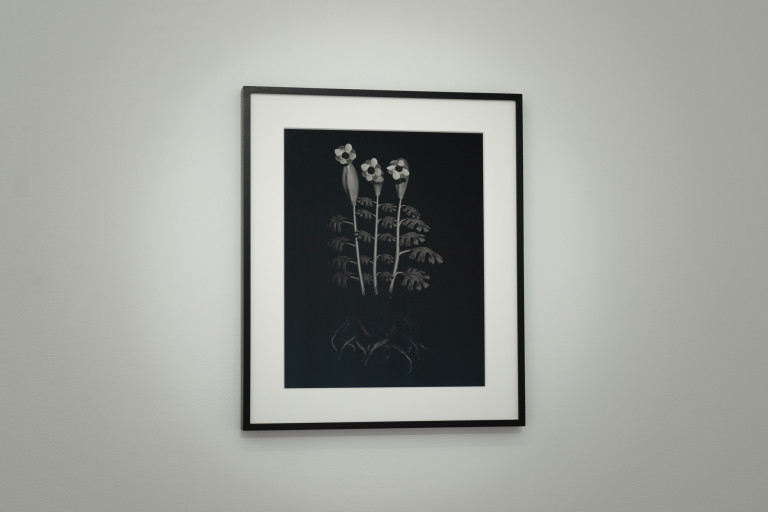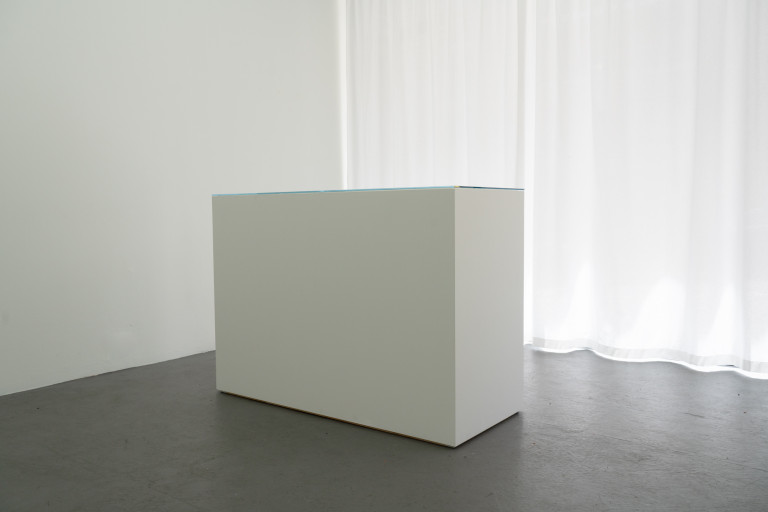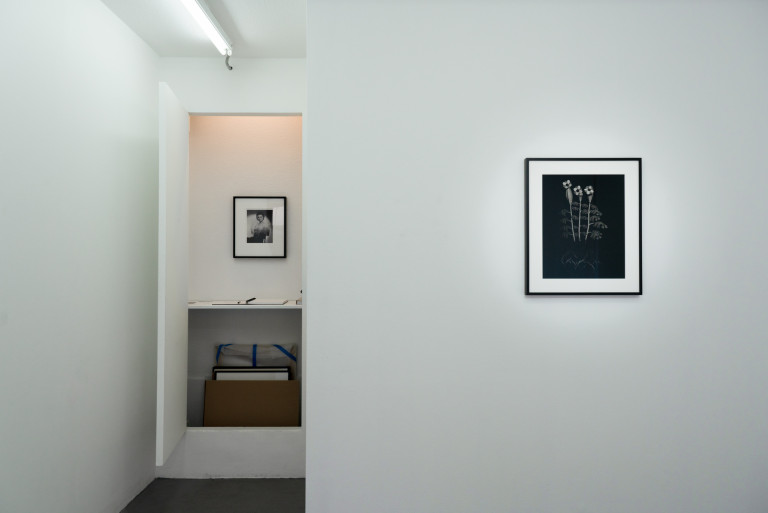The Voynich Manuscript is a 16th century document of unknown authorship. It is written in a mysterious language whose origins and purpose are unclear. To this day, the text remains undeciphered, and academic and amateur circles continue to debate whether it was written in code, merely gibberish, or perhaps an elaborate hoax.
The first part of the Voynich Manuscript contains numerous botanical illustrations. Like the mysterious text, the identity of the plants, too are debated. Some present-day botanists claim to have identified a portion of them yet others believe that the illustrations are too roughly drawn and too fantastical to match a natural counterpart. There are 129 plants.
The Voynich Botanical Studies, made in collaboration with Miljohn Ruperto & Ulrik Heltoft, depicts plants modeled and textured through digital 3D software approximating the illustrations in the Voynich Manuscript. The textures of the digital plants are garnered from photos from the internet and scans of actual plants. The digital images are then photographed unto a 4x5 negative and printed on 40 cm x 50 cm fiber paper.
The photographs recall the formalist photographs of Karl Blossfeldt. But instead of applying a formalism to nature as did Blossfeldt, The Voynich Botanical Studies applies formalism upon an imaginary image, opaque in its authorship, history, and purpose. Since The Voynich Botanical Studies are fantastical and part invention, its formalism lays out its own process and delineates the limits of its makers' knowledge and imagination.
Image: Miljohn Ruperto, Ulrik Heltoft, Voynich Botanical Studies, Specimen 52r Zima, Unique Silver Gelatin, 2014.
